ROAD SAFETY
A guide to child car restraints
Your child may not be protected in a collision, even in the safest car seat if it’s used incorrectly. Get it right and save a life. It’ll make a world of difference.
Child car restraints are available in different age categories, and for each age there are guidelines to ensure you use the car restraints properly.
For more information about in-car child restraints and car seats, visit the SABS website, or contact CAPFSA on Tel: (021) 685 5208
(birth to 9 months or 1 year & 0-10kg)

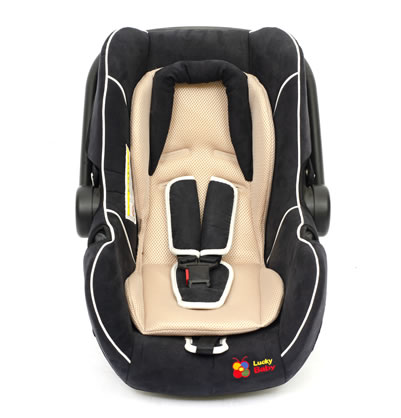
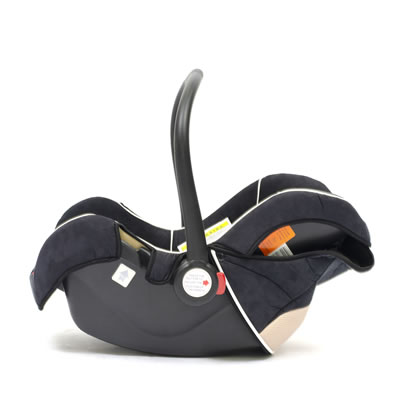
- Infant car restraints must always face backwards. In a collision, the seat will absorb the impact, not the child.
- Always use a three-point adult seat belt.
- The baby is securely held in the seat by the harness.
(birth to 4/5 years & 0-18kg)
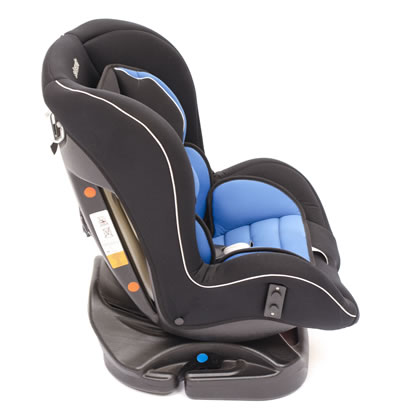
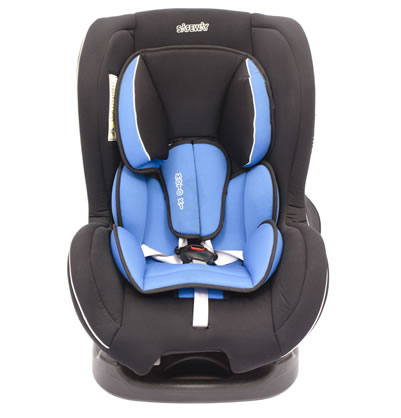
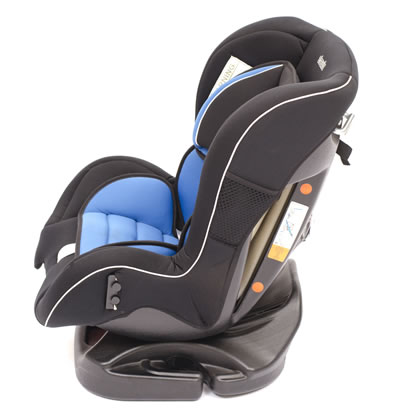
- Various seats are available in this category.
- Seats should face the back of the car until the infant is ± 10 kg or 9 months old.
- After this the seat can be turned around to face forward.
- Installation methods vary from seat to seat. Some can be used with three-point adult safety belts. Others use lap belts or special anchorage straps.
- Always follow the manufacturer’s instruction on how to fit the seat.
(±4 – 6 years & 15 to 25kg)
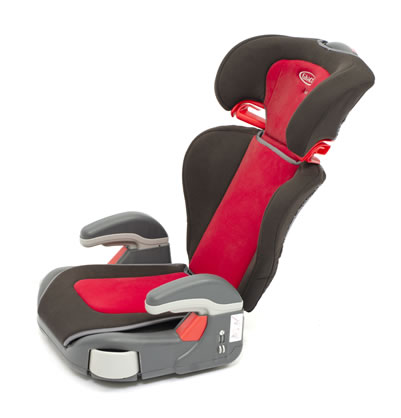
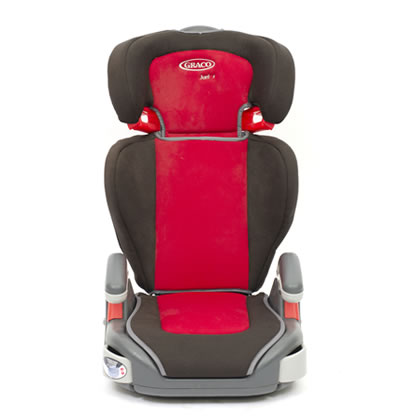

- These safety seats are light and versatile and only need to be secured with a three-point adult safety belt.
- These can be used on a front or back seat with an adult safety belt.
(± 6-11 years & 22-36kg)

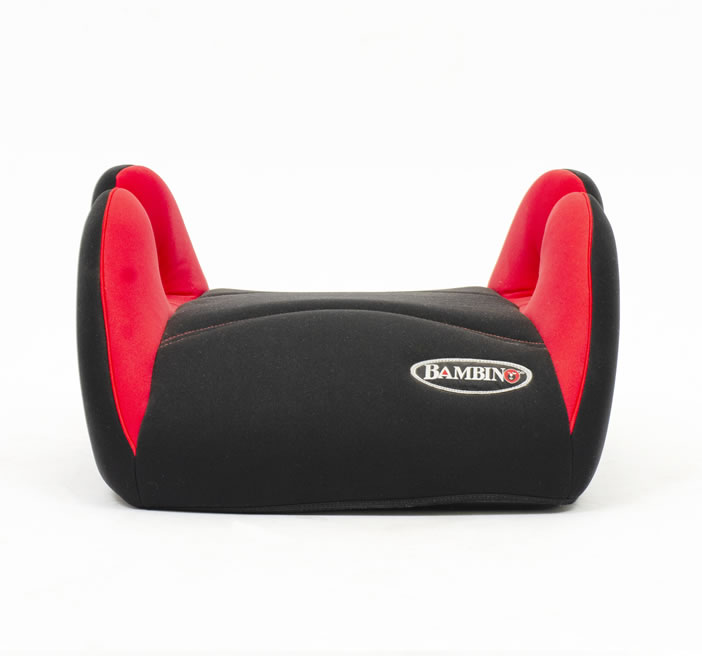
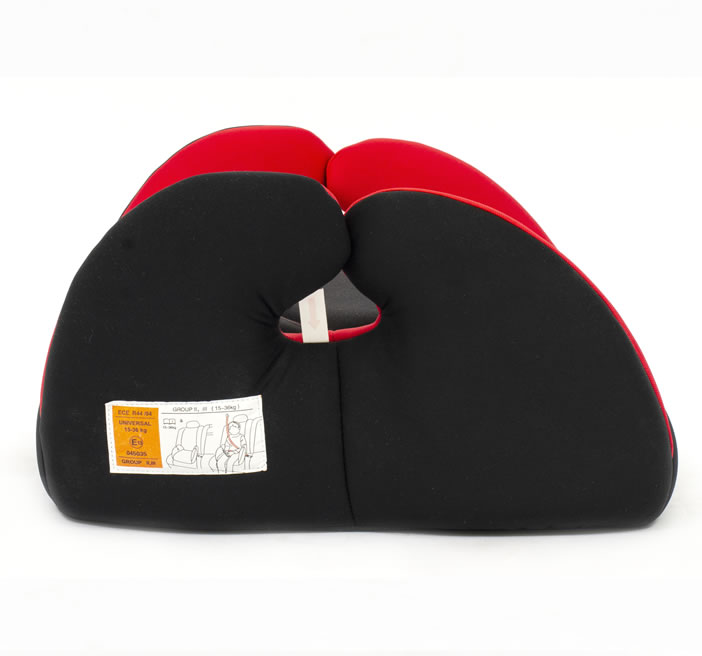
- These cushions are used when children have outgrown the other restraints and car seats described earlier.
- A booster cushion will help position the seat belt and improve the child’s view from the car.
- Booster cushions should always be used with a three-point adult seatbelt, whether in the back or front seat of the car.
- The booster cushion should be used until the child has grown enough for them to wear an adult seatbelt — usually at ± 7 years.
